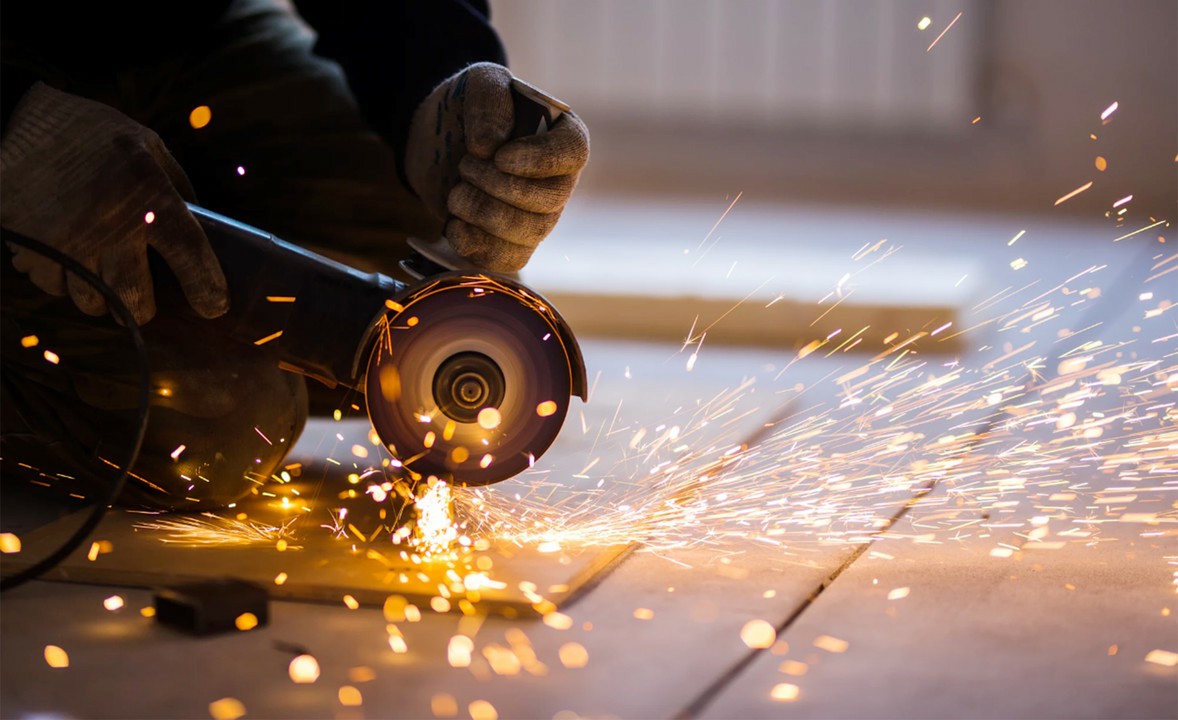


 349,500 Offered Certificates
349,500 Offered Certificates
 24/7 Online Training
24/7 Online Training
 Money Back Guarantee
Money Back Guarantee
 Fully Accredited Courses
Fully Accredited Courses

Created at: 22-02-2025 20:06
Abrasive wheels are powerful tools essential for cutting, grinding, and polishing in various industries across Dublin, Cork, Galway, Limerick, Waterford, and beyond. However, improper handling of these tools can lead to serious accidents and injuries. Understanding the most common mistakes workers make when using abrasive wheels can significantly improve workplace safety. In this article, we will highlight these mistakes and demonstrate how proper training can mitigate risks, ensuring a safer working environment.
Every year, numerous workers face severe injuries due to mishandling abrasive wheels. These injuries often stem from:
One of the most frequent errors occurs during the installation of abrasive wheels. Workers often fail to ensure that the wheel is mounted correctly, leading to vibrations that can shatter the wheel, causing injuries. Additionally, using the wrong type of wheel for the task can compromise safety and efficiency.
Not wearing appropriate PPE is another critical mistake. Workers should always wear protective eyewear, gloves, and aprons to safeguard against flying debris and sparks. Failing to do so increases the risk of eye injuries and skin burns.
Before operating abrasive wheels, it is vital to conduct a thorough inspection of the equipment. Many workers skip this step, which can result in using damaged tools. Cracks or chips in the wheel can lead to catastrophic failures during use.
Many accidents occur because workers do not adhere to established safety procedures. These might include failing to maintain a proper distance from the cutting area or not adjusting the tool's speed according to the material being worked on.
Accidents often tell a chilling tale of what can go wrong. For instance, in Galway, a worker lost his vision due to a piece of metal from an improperly installed abrasive wheel flying into his eye. Reports indicate that the worker had not followed the safety procedures regarding equipment inspections and PPE usage.
The key to preventing these mistakes lies in effective training. Certified Abrasive Wheels Training programs, such as those offered in Dublin, Cork, Galway, and Limerick, focus on the following:
Incorporating a culture of safety into everyday operations can drastically reduce the likelihood of accidents. Consider the following best practices:
The dangers associated with improper abrasive wheel use cannot be overstated. By recognizing common mistakes and committing to certified training programs, workers in Dublin, Cork, Galway, Limerick, Waterford, and other major cities can create a safer work environment. To learn more about enrolling in an Abrasive Wheels Course, contact us at [email protected] or visit our Abrasive Wheels Course page for more details.